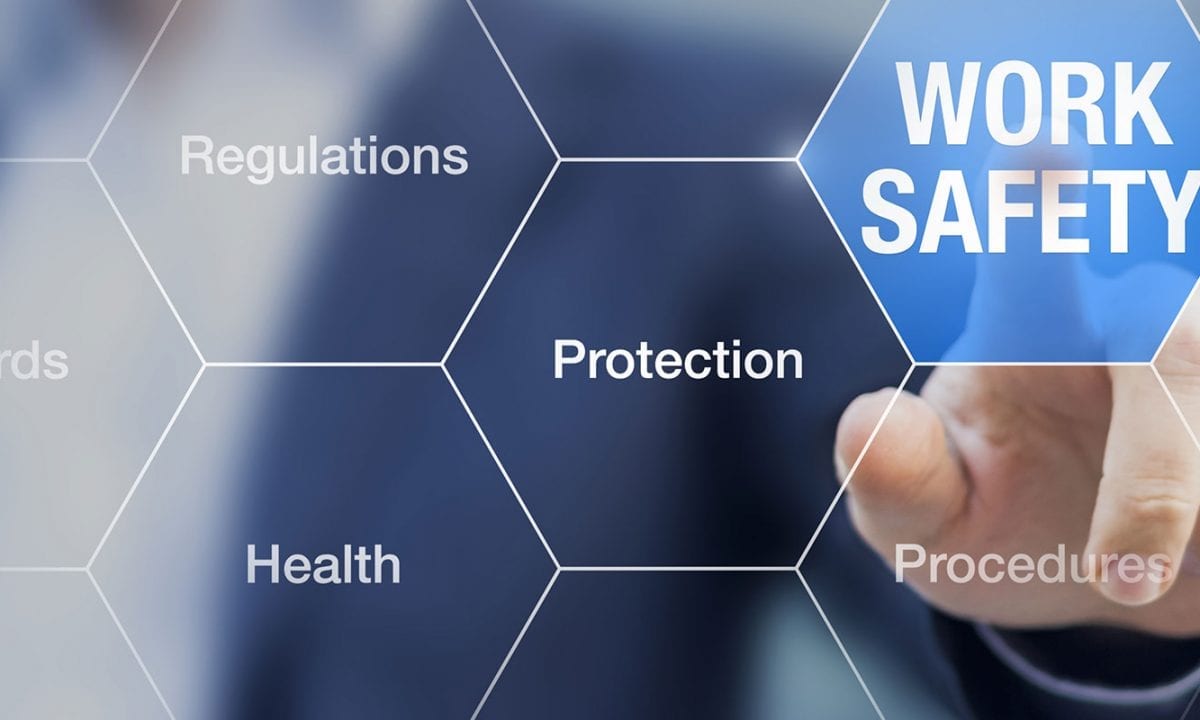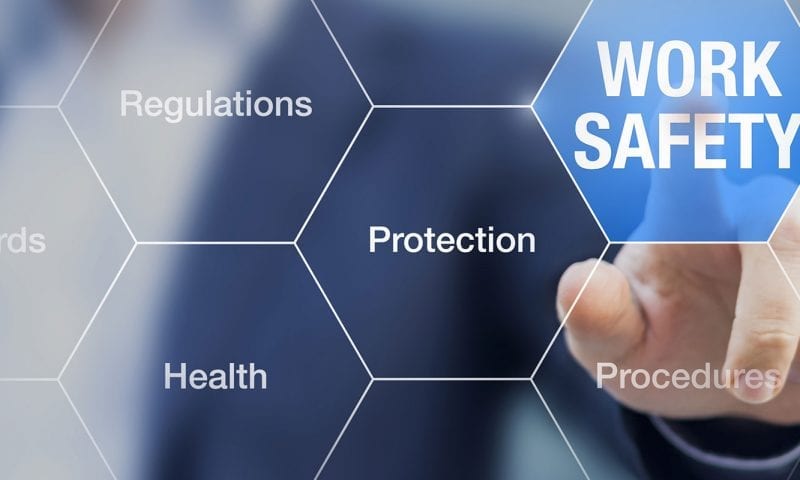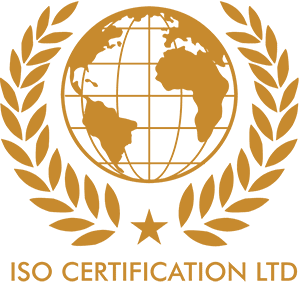T: 01202 779455M: 07808 666380E: Contact us


ROHS Certification
ROHS Certification
ROHS stands for restriction of hazardous substances. This standard ensures the restriction of certain hazardous substances in electrical and electronic equipment and It was released in 2003 by the European union.
The RoHS 1 directive took effect on 1 July 2006, and is required to be enforced and became a law in each member state. This directive restricts (with exceptions) the use of six hazardous materials in the manufacture of various types of electronic and electrical equipment.


The directive applies to equipment as defined by a section of the WEEE directive. The following numeric categories apply:
1- Large household appliances, 2- Small household appliances, 3- IT & Telecommunications equipment (although infrastructure equipment is exempt in some countries), 4 -Consumer equipment, 5- Lighting equipment—including light bulbs, 6- Electronic and electrical tools, 7- Toys, leisure, and sports equipment, 8- Medical devices (exemption removed in July 2011), 9 -Monitoring and control instruments (exemption removed in July 2011), 10- Automatic dispensers, 11- Semiconductor devices
The RoHS Directive stands for “the restriction of the use of certain hazardous substances in electrical and electronic equipment“. This Directive bans the placing on the EU market of new electrical and electronic equipment containing more than agreed levels of lead, cadmium, mercury, hexavalent chromium, polybrominated biphenyl (PBB) and polybrominated diphenyl ether (PBDE) flame retardants.
It is closely linked with the Waste Electrical and Electronic Equipment Directive (WEEE) 2002/96/EC which sets collection, recycling and recovery targets for electrical goods and is part of a legislative initiative to solve the problem of huge amounts of toxic e-waste.
Manufacturers need to understand the requirements of the RoHS Directive to ensure that their products, and their components, comply.
Restriction of Hazardous Substances (RoHS)
The Reduction of Hazardous Substances (RoHS) regulations set limits for the following substances:
- Lead
- Mercury
- Cadmium
- Hexavalent Chromium
- Polybrominated Biphenyls (PBB)
- Polybrominated Diphenyl Ethers (PBDE)
To certify to the above compliances, these substances must not be intentionally added to the product AND cannot exceed the following maximum allowable levels as a trace substance:
0.1% (1,000 ppm) for: Lead*, Mercury, Hexavalent Chromium, PBB and PBDE
0.01% (100 ppm) for: Cadmium
Lead as an alloying element in copper alloys is allowed up to 4.0% (40,000 ppm); in steel up to 0.35% (3,500 ppm) is allowed; in aluminum alloys up to 0.40% (4,000 ppm) is allowed.
Compliance Assurance System
Restricted Substance Controls (RSC) defines the actions and mechanisms you can take to prevent restricted substances from inclusion in your products. To ensure RSC are effective, the procedures should be integrated into an overall Compliance Assurance System (CAS).
EU Enforcement authorities and OEM customers are requesting documentation of producer’s RoHS compliance procedures to demonstrate that appropriate systems are in place to ensure on-going compliance.
Compliance procedures should be integrated into your quality management system or environmental management system if one exists.
RoHS Certifiation helps you in developing your ‘Compliance Assurance System’
Examples of product components containing restricted substances
RoHS restricted substances have been used in a broad array of consumer electronics products. Examples of leaded components include:
- paints and pigments
- PVC (vinyl) cables as a stabilizer (e.g., power cords, USB cables)
- solders
- printed circuit board finishes, leads, internal and external interconnects
- glass in television and photographic products (e.g., CRT television screens and camera lenses)
- metal parts
- lamps and bulbs
- batteries
Cadmium is found in many of the above components, examples include plastic pigmentation, nickel-cadmium (NiCd) batteries and CdS photocells (used in night lights). Mercury is used in lighting applications and automotive switches, examples include fluorescent lamps (used in laptops for backlighting) and mercury tilt switches (these are rarely used nowadays). Hexavalent chromium is used for metal finishes to prevent corrosion. Polybrominated biphenyls and diphenyl Ethers/Oxides are used primarily as flame retardants.




With our consultants and trainers having vast industrial experience, ISO Certification Ltd assists organisations across the UK to implement and achieve ROHS certification. Our consultation approach is highly professional, time bound and effective resulting in the ease of implementation adding value to the business processes of the client’s organisation.
We offer ROHS training, implementation, consultation, gap analysis, documentation, internal audits, pre-assessment audits, certification audit through the best certification bodies and post certification enhancement.

